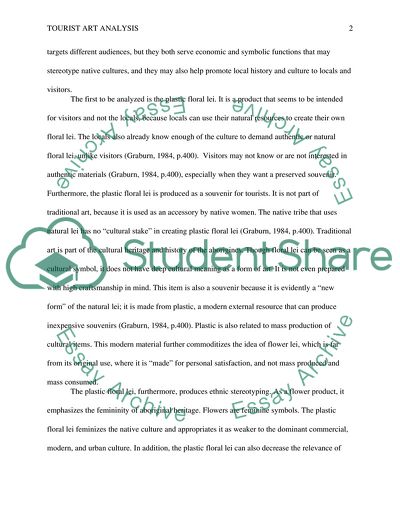Cite this document
(“Tourist art Essay Example | Topics and Well Written Essays - 1000 words”, n.d.)
Tourist art Essay Example | Topics and Well Written Essays - 1000 words. Retrieved from https://studentshare.org/tourism/1588534-tourist-art
Tourist art Essay Example | Topics and Well Written Essays - 1000 words. Retrieved from https://studentshare.org/tourism/1588534-tourist-art
(Tourist Art Essay Example | Topics and Well Written Essays - 1000 Words)
Tourist Art Essay Example | Topics and Well Written Essays - 1000 Words. https://studentshare.org/tourism/1588534-tourist-art.
Tourist Art Essay Example | Topics and Well Written Essays - 1000 Words. https://studentshare.org/tourism/1588534-tourist-art.
“Tourist Art Essay Example | Topics and Well Written Essays - 1000 Words”, n.d. https://studentshare.org/tourism/1588534-tourist-art.


